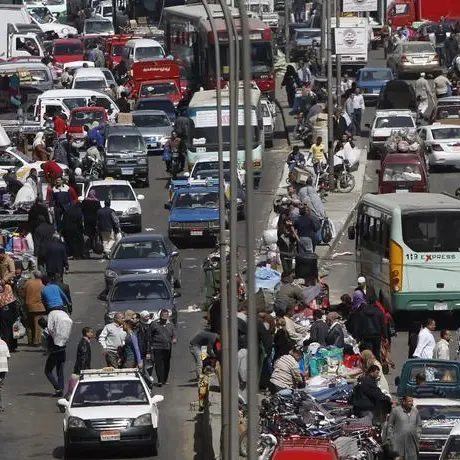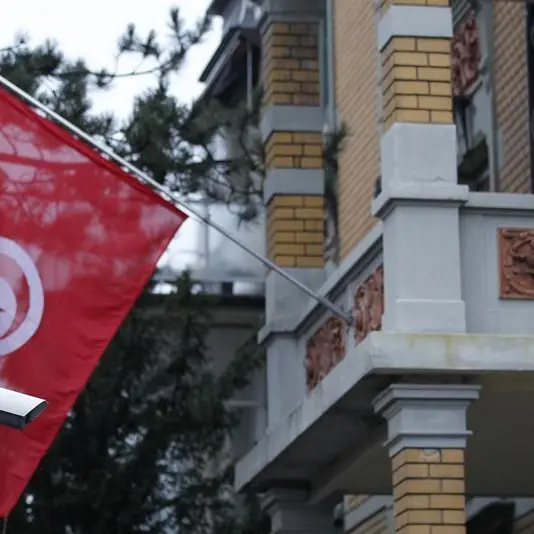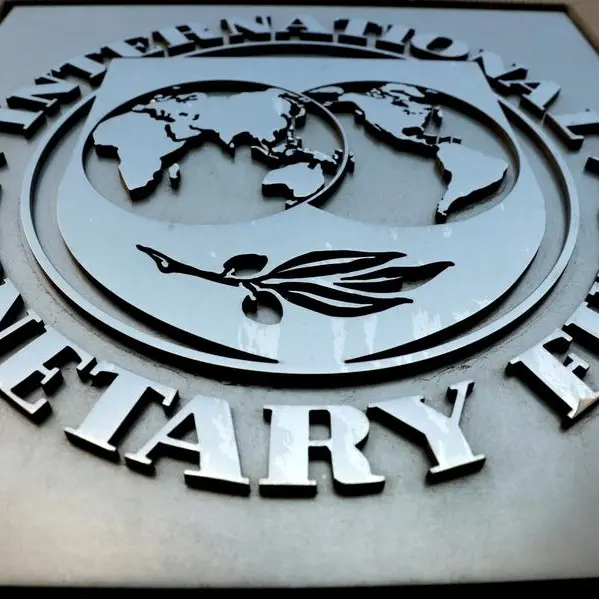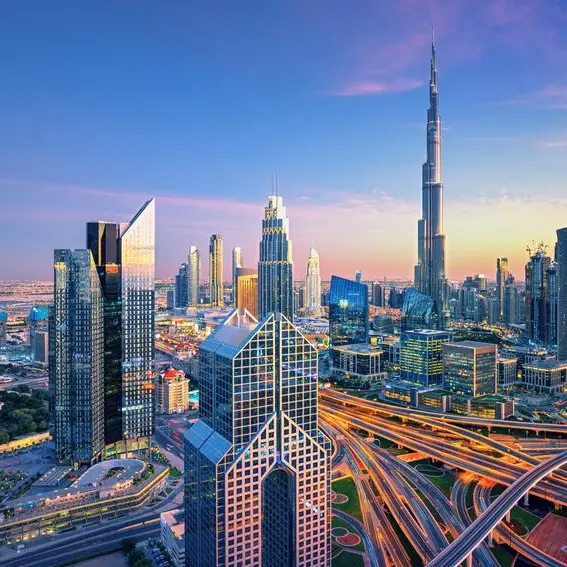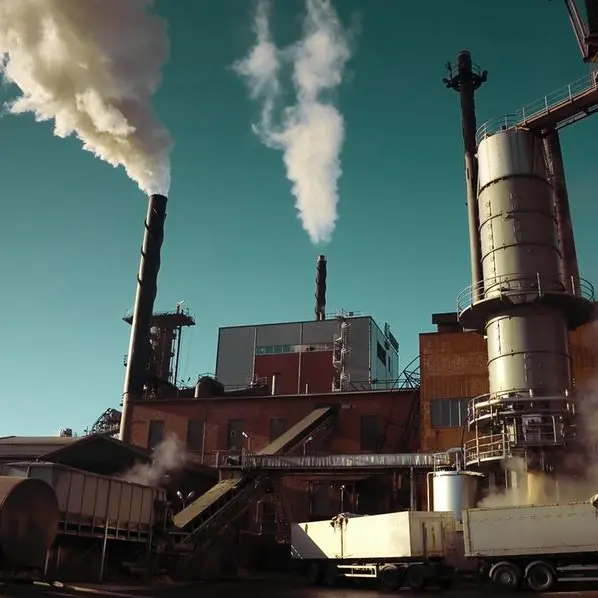In order to revive the global economy from the devastating impact of the coronavirus pandemic, policymakers injected enormous doses of fiscal and monetary “medicine”. Fortunately, this has proved to be successful, with activity this year bouncing back at the strongest post-recession pace in more than eight decades. As we look towards 2022, we anticipate above-trend global growth as the recovery phase plays out. However, many risks might derail the recovery: the path of the pandemic is unclear, inflation appears to be more ingrained than many hoped, growth in some key regions is slowing and policy normalisation is back on the agenda. The question for investors is how quickly the fiscal and monetary policy remedy will be withdrawn, and whether the patient, or global economy, can stand again unaided?
2021 will go down in the economic archives as one of exceptional growth. A mixture of the improving health situation, relaxing of restrictions and ongoing aggressive policy support allowed the global economy to expand by around 6.1%. This is far better than the 4.7% we expected at the start of the year. It also compares with an average annual growth rate of 2.7% between 2000 and 2019. The biggest vaccination programme in history has been the key to the surge in activity.
Victory over the virus is far from assured, particularly given the wide dispersion of vaccination rates. Advanced economies have rapidly outpaced those in emerging and developing economies. Our expectation is that the virus will evolve to become endemic, rather than being arrested. Production facilities and transportation hubs will continue to be impacted in areas where vaccination rates are low or in regions that are pursuing a zero-COVID-19 strategy. This disruption will continue to affect global supply chains and, in turn, growth prospects in 2022.
Given the broad range of both demand-pull and cost-push inflationary pressures, it’s perhaps no surprise that year-on-year inflation has risen significantly since the second quarter of the year. The relaxation of restrictions unleashed pent-up demand. Supply bottlenecks are also keeping inflation measures higher for longer than central bankers had hoped.
Price pressures are also coming from ultra-accommodative monetary policy and the flood of fiscal support. Technical and statistical factors, along with surging commodity prices, have added to short-term price pressures. While a number of factors suggest that some of the inflationary pressures are transitory, there is evidence that implies price pressures may be more persistent than originally projected.
Nonetheless, in the medium term, supply-chain disruption is expected to ease as restrictions are removed and capacity increases.
How long central bankers can stretch the term “transitory” and stomach the spike in prices will be fundamental for policy rates and growth prospects in 2022. If price pressures trend back towards mandated levels in the second half of next year, as we expect, the impact on rates of the current elevated inflation data may be subtler than market pricing indicates. While policymakers are clearly keen to normalise policy, we do not think that central bankers will embark on an overly aggressive or extended rate-hiking cycle.
While the world is likely to grow robustly in 2022, we acknowledge that the peak of the pandemic recovery has passed. The fading of the one-off boost from economies reopening and reduced impact from fiscal support, will weigh on year-on-year comparisons.
There are clear signs that the two largest economies have already achieved their highest growth rates in the recovery. In the US, we expect a significant step down in growth in the first half of next year and its economy to generate growth of around 2% in the second half. That said, a forecast annual growth figure of 4.0% is still very respectable. China’s zero- COVID-19 strategy, moderation in credit growth and energy shortage leads us to expect that growth will ease to 5.3% in 2022, from 8.0% this year.
Even after accounting for the slowdown in the US and China next year, we still think global growth will be supported by the robust recovery in economic areas such as Europe and India. After a slow start to 2021, momentum in European activity has tangibly accelerated over the past few months. Progress on vaccinations, rebounding consumer spending, the accommodative central bank and the fiscal support provided by disbursement of the Next Generation European Union (NGEU) fund should allow Europe to grow at 4.3% next year.
Considering the relatively accommodative policy stance, recovery in labour markets and strength of the global consumer, 2022 is very likely to deliver another year of impressive growth, with the global economy growing by 4.5%
As we start to contemplate the landscape beyond next year, the global economy exiting the recovery phase and policy normalisation regulating activity, lead us to anticipate an orderly decent back towards the long-term trend averages.
© Opinion 2021Any opinions expressed in this article are the author’s own
Disclaimer: This article is provided for informational purposes only. The content does not provide tax, legal or investment advice or opinion regarding the suitability, value or profitability of any particular security, portfolio or investment strategy. Read our full disclaimer policy here.

